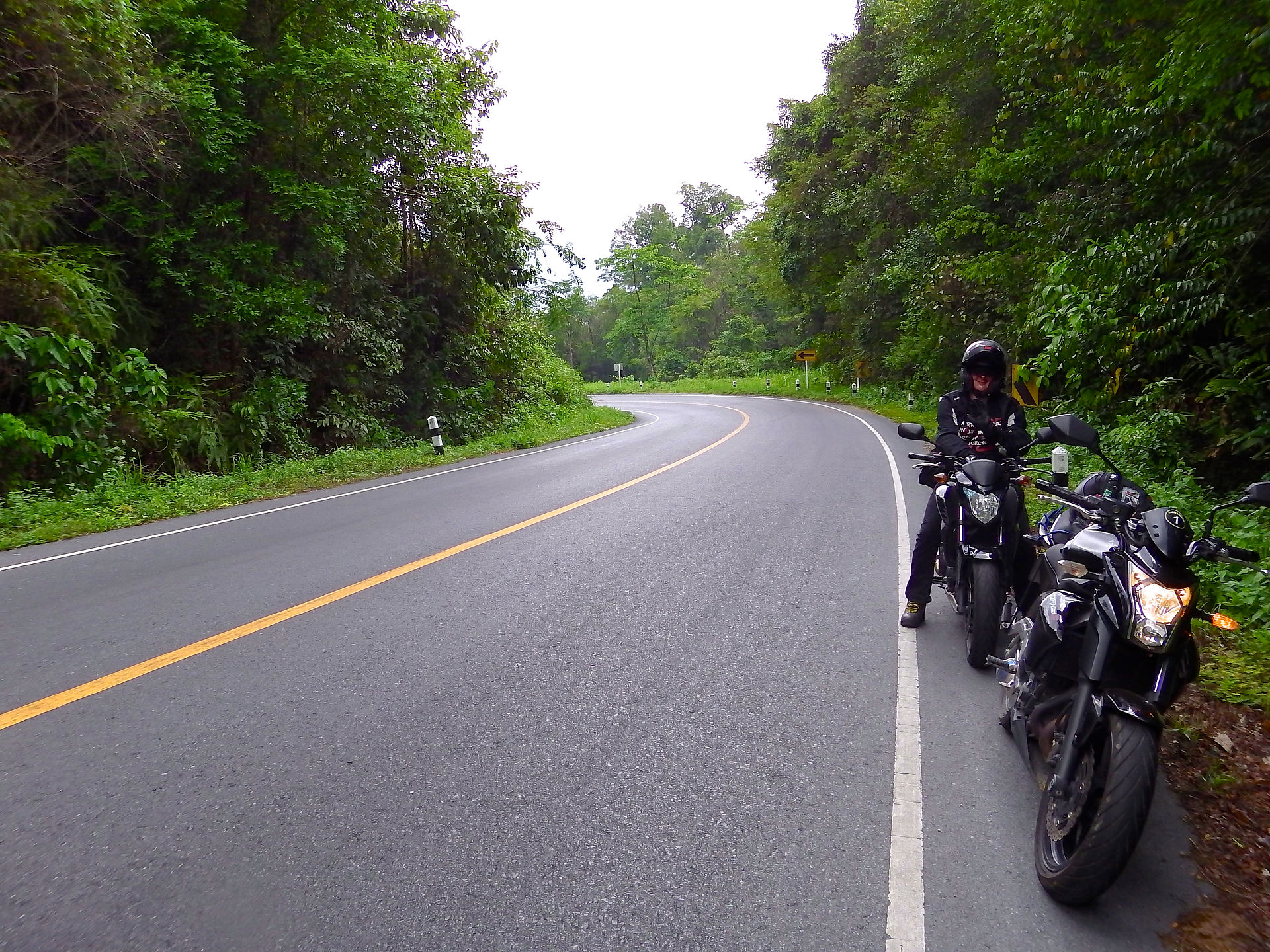

ABOUT
ME
I started riding motorcycles in the early 80's. Spent some time as a Dispatch Rider amongst other things, before becoming a Motorcycle Riding Instructor in 1987, working for the "Star Rider" National Motorcycle training scheme.
Within a few years I was running the local full time centre. I have in turn worked for a variety of training schools offering novice basic training, through to working with Advanced Skills Police officers, Training Test Instructors and running training schools. Also covering fleet maintenance and other duties.
Due to the British Climate meaning lean winter months. My career has also included being a qualified as a TUC Accredited Health and Safety Workplace rep with experience the transport Industry and Energy services. Also fleet maintenance technician skills and many years of experience in various related industries.
"It is not enough to do your best; you must know what to do, and then do your best." W. Edwards Deming
About what we share:-
The rider training that I was first introduced to in the 1980's was the start of developing the modern training we see today.
The UK Driving Standards Agency had introduced a "Part one" riding test that required a display of basic control skills. Also as the "Part Two" test required a rider to ride around some local roads, we would train riders around the local towns and practice a range of manovers to prepare a rider for test and hopefully skills to help them survive on the roads. .
( 1965 British Road Safety film )
In 1991 Compulsory Basic Training (CBT) was introduced, this required anybody wishing to ride a motorcycle must complete a basic riding course before being allowed on the roads. These CBT courses were conducted by "Down trained" Instructors, watched over by"Instructor Trainers". Who were being assessed by Driver standards agency Examiners. Training Bodies were allowed to have up to ten down trained Instructors working for every DVSA assessed Instructor Trainer.
Crucially, these introduced a minimum two hour road ride so all riders had some support when taking there first rides in the real world.
With the introduction of "Direct Access" testing, riders now require test training on a variety of different capacity bikes associated with age and licence required. The Licence test requiring a forty minute road ride assessment with an examiner riding behind in radio contact.
The UK also has Roadcraft. This is the Police Training manual and is available to the public. There is a specific Motorcycle edition, I have copies of the 1976, 1996 and 2013 editions that we consider valuable training aids.
Typically UK post test "Advanced" training has focused on Roadcraft standards and there are institutions such as the Institute of Advanced Motorists and RoSPA who still see "the system of motorcycle control" as the highest standard.
With all this training based on years of experience, we could expect that the chance of having an accident was considerably better than elsewhere. Yes, the UK's roads when judged by the WHO's road fatality figures for 100000 road users are statistically some of the safest in the world. Especially when we start comparing population densities. Only motorcycle still flag up high in the road accident statistics.
When we start looking to Asia, then while the statistics suggest there are ten times as many fatalities. There are fifteen times the number of motorcycles on the roads.
Riders still crash, every where, for the same reasons. The application of rules constantly fails to address that the majority of accidents are products of surprise. Two people trying to occupy the same space at the same time. Somebody "Surprised" that a corner suddenly tightens, or "Surprised" when a vehicle starts to skid.
This has led to a new approach to how we ride called No Surprise / No Accident
There is a change happening in the greater safety world. We call it new thinking, but it is well established across many safety critical environments and although not instantly recognised, most are very familiar with it's results. As the subject is vast and complex, we will offer some links to further reading that all are connected with the approach we prescribe.
W.Edwards Deming deserves a mention. He was fundamental to the development and success of post war Japanese industry. While his work is the basis of much of what we share today:-
Two approaches that are built on Edward Deming's work that are worth a reference here are:-
Also
Safety II - "Safety I to Safety II - a white paper"
Regarding motorcycle rider training directly. Then a lot of what we share should be accredited to the work of Kevin Williams who runs Survival Skills, a UK Based post test training company.
He has a Facebook group that is worth a look- facebook.com/SurvivalSkills
Kevin is also a founder of the No Surprise / No Accident philosophy.









